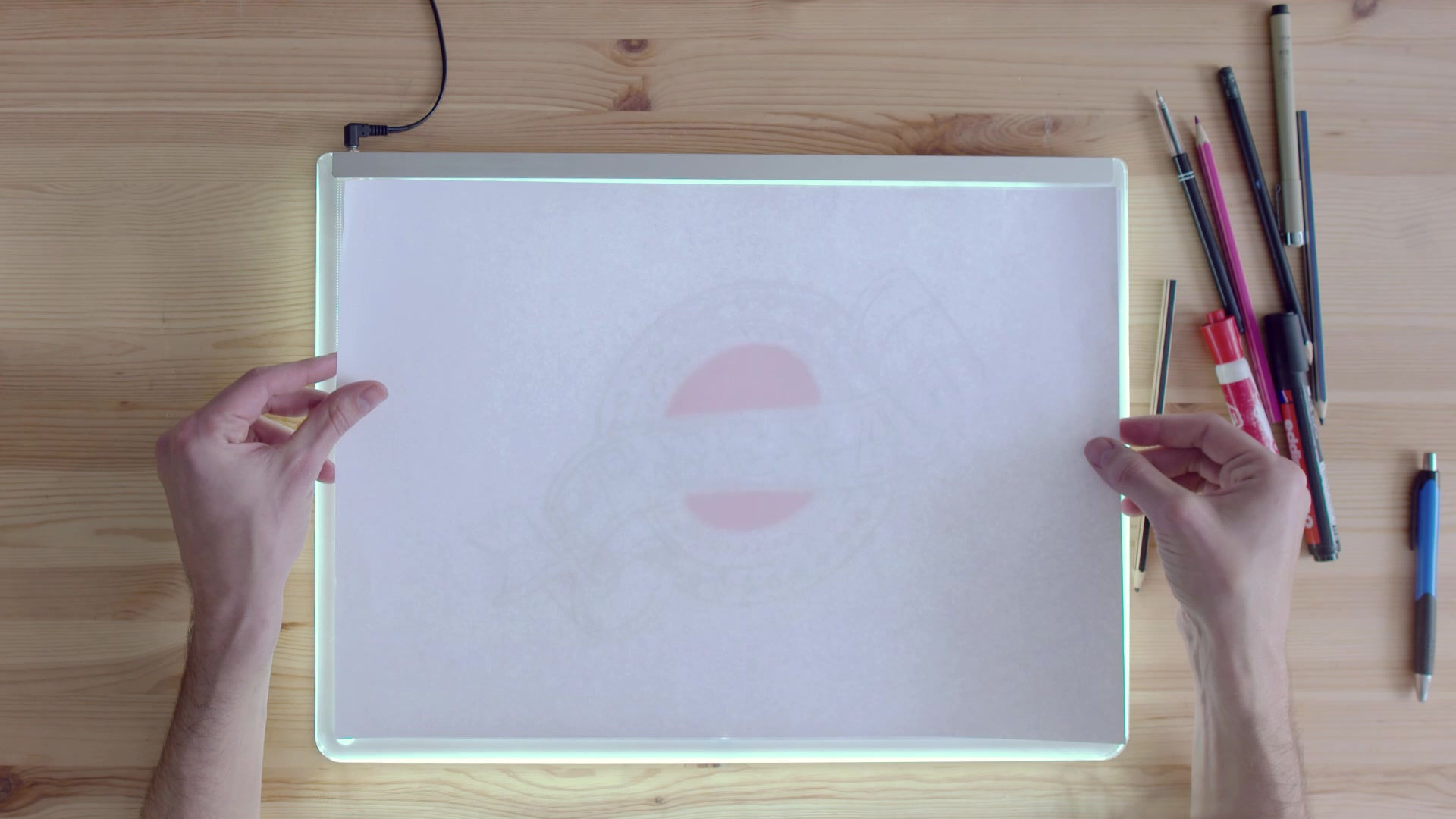Starting in Graphic Design: Part 1
- Daniel Thompson
- Dec 7, 2016
- 2 min read
All of these points are taken from "Getting Started in Graphic Design" from LinkedIn and Lynda.com

Design is all about your audience. You need to grab and keep their attention, being an ambassador for yourself or your client to communicate a key message. To do this, you need to make the message appealing and resonate with your intended audience in the way you want. Design can come in many forms, including:
Logos: Which are often the visual mark of a company or person and therefore need to immediately convey their essence. To do this effectively you need to understand your client, their audience and the message they want to convey.
Posters: These are often created for events or programs. This means they need to stand out. They are often considered ephemeral, however the best posters have longevity.
Books and Magazines: Are a real challenge for designers because they need to convey complex content in a clear and easily navigable way. This requires lots of planning and a consistent style.
Infographics: These are fun and informative pieces that need to select key elements of what needs to be conveyed using the most appropriate graphs, text and images.
There are three core elements to graphic design:
Layout: Is the structure that drive the overall design of a piece. This informs how: color, balance, scale, type, image, tone and composition come together in a cohesive whole that reinforce your message.
Typography: The size, shape, spacing, and position of your text will be informed by considerations of legibility, beauty and the importance of conveying your message.
Color: Humans have a historic and emotional connection to color. It can focus the eye to key facts, convey mood and establish a connection.
"Creativity is not an external force or a rare skill. It is a habit that can be learned and exercised every day." Stefan Mumaw
First and foremost, creativity solves a problem. More than this though, creativity does so in a novel and interesting way.
Doing the same thing over and over leads to stagnation, especially if it isn't working. To get more creative, step outside your comfort zone. Try to tackle a problem in a new way, try a font or color you've never used before. Take a walk and try to look at the world in a new way, there's inspiration everywhere.
Give yourself parameters, limits or goals. These can help channel and focus your creativity.
Draw your ideas first on page or screen. It can be best to turn off the computer and work on the page without distractions and just focus on the key elements of your design.
"Image a fashion designer who didn't sketch out a design and just went directly to cutting fabric." Von Glitshka
Look at the processes of others. This can help to sharpen your eye and refine your own creative process.
Try brainstorming activities.



































Comments